43 about energy rating labels
energysavingtrust.org.uk › energy-ratingsEnergy ratings: everything you need to know Mar 14, 2022 · Boilers and other forms of heating such as heat pumps got new energy labels in 2015. Beyond an A++-G rating, the label includes information such as the level of sound they produce and for some product types whether the heater has the capacity to generate electricity – the latter accounting for the fact that the heating market is changing, with more low carbon options. › labelLabel | Energy Rating Use the Energy Rating Label to work out rough running costs with some simple maths. It’s easy – just take the energy consumption figure – and divide it by 4. For example, if the Energy Rating Label on a washing machine says it uses 400 kWh, it means it will roughly cost you $100 per year to run. Easy!
Circulator Pump Energy Rating Label Now Available - Contractor The Energy Rating label serves as the industry's recognized symbol for energy efficiency and can be used by utilities and energy program administrations as part of a program to incentivize the selection of energy efficient circulator pumps. Learn more about HI's Circulator Energy Rating Program and search the database of rated pumps here.

About energy rating labels
› about-e3-programUnderstanding the label | Energy Rating Energy rating labels provide consumers with information on the energy efficiency of a product. There are two main types of labels – comparison labels and endorsement labels. Comparison labels. Comparison labels allow consumers to compare the energy consumption of similar products and factor lifetime running cost into their purchasing decision. Sustainability Victoria | Energy rating labels The Energy Rating Label is an Australian Government initiative. The label uses stars as a way to show the efficiency of an appliance. The more stars, the more efficient the product is. You can use this star rating to compare other models of the same capacity. Most appliances are rated between 1 and 6 stars. Federal Register :: Energy Labeling Rule EnergyGuide labels for most covered products contain three key disclosures: Estimated annual energy cost, a product's energy consumption or energy efficiency rating Start Printed Page 31755 as determined by DOE test procedures, and a comparability range displaying the highest and lowest energy costs or efficiency ratings for all similar models.
About energy rating labels. Energy rating label | energy.gov.au The Energy Rating Label shows the energy efficiency and energy consumption of rated products allowing comparison of running costs over the life of the product. Energy efficiency is shown with a star rating of between 1 and 10 which can be compared to others of the same type and size. Hydraulic Institute Introduces Circulator Pump Energy Rating Labels The energy rating label serves as the industry's recognized symbol for energy efficiency and can be used by utilities and energy program administrations as part of a program to incentivize the selection of energy efficient circulator pumps." For more information, visit . You must login or register in order to post a comment. How to Make Sense of the NFRC Window Label - Consumer Reports U-Factor This number represents the heat transfer coefficient, or how much heat the window's coatings help keep inside the home. The U-factor ranges from 0.2 to 1.2; the lower the number, the less... en.wikipedia.org › wiki › European_Union_energy_labelEuropean Union energy label - Wikipedia A new energy label, introduced in 2010, is based on the energy efficiency index (EEI), and has energy classes in the range A+++ to D. The EEI is a measure of the annual electricity consumption, and includes energy consumed during power-off and standby modes, and the energy consumed in 220 washing cycles. For the washing cycles, a weighted mix ...
We compare the Old v New Energy Ratings - An Explainer The new energy rating label is called the Zoned Energy Rating Label (ZERL). The changes were introduced to provide consumers with more information about the product and its expected energy consumption based on where the consumer actually lives and will be using the product. Energy labels decoded | Currys TechTalk A to G rating On the left-hand side of the label you'll see a scale with different colours from deep green for A all the way through to red for G. A is the most energy efficient and G is the least. To find out what energy rating the tech you're looking at has, check the black pointer symbol next to the scale. QR code Understanding the Australian Energy Star Rating System Model 1 has a 2.5-star energy rating, costs $1,299 to purchase and uses 468kW of energy per annum, with an approximate running cost of $117 per year. Model 2 has a 4-star energy rating, costs $1,377 to purchase and uses 328kW of energy per annum, with an approximate running cost of $79.50 per year. Introduction to Ecolabels and Standards for Greener Products The Framework, developed through a multi-stakeholder consensus based process, provides a transparent, fair, and consistent approach to assessing private sector standards and ecolabels for recommendations to federal purchasers. The Framework encourages continuous improvement of both standards and ecolabels and the products and services that those standards and ecolabels address, while providing ...
Appliance star energy ratings explained - realestate.com.au The Energy Rating Label has two main features that provide consumers with the following information: The star rating gives a comparative assessment of the model's energy efficiency; The 'comparative energy consumption' (usually kilowatt hours/year) provides an estimate of the annual energy consumption of the appliance based on the tested ... › energy-performance-labelEnergy Performance Label | National Fenestration Rating Council Door-specific Rating. The circled value shows you the rating a door has received. Each rating is split into two values: Solar Heat Gain, and U-Factor. Solar Heat Gain Coefficient measures how well a product can resist unwanted direct or indirect solar radiation. This radiation can cause your home to heat regardless of outside temperature, which ... Energy class: the return of the A to G label | Energyprice.be From 31 March, the seven energy classes will go from A to G. Since last November, manufacturers have been in a transition period in which they have to supply their products with two labels (the old and the new). This means that, until March 2021, there may be double-labeling in shops. Since the electricity consumption is displayed in kWh/year ... Mandatory Energy Efficiency Labelling Scheme (298) - EMSD To further facilitate the public in choosing energy efficient appliances and raise public awareness on energy saving, the Government has introduced the Mandatory Energy Efficiency Labelling Scheme (MEELS) through the Energy Efficiency (Labelling of Products) Ordinance. Under MEELS, energy labels are required to be shown on the prescribed ...
What's the difference between A+, A++ and A+++ appliance energy ratings? Energy efficiency labels The European Union established an energy consumption labelling scheme where energy efficiency of an appliance is rated and labelled through a set of energy efficiency classes from A to G, with A the most energy efficient and G the least. Grade A is divided into a further three categories: A+, A++ and A+++.
What's the Energy Rating Label all about? - The Origin Blog Origin's Future Energy Report tells us our top priority in appliance selection is price, with 83% of respondents saying price is very/extremely important. However, running a close second is energy star rating, with 75% saying the rating is very/extremely important, up from 70% last year. This indicates an increasing level of energy literacy ...
Energy Rating Labels: Resource to Increase the Efficiency of Pumping ... The Hydraulic Institute (HI) enables the adoption of more efficient pump systems with the HI Energy Rating Program. By applying the regulations set forth by the U.S. DOE, the HI Energy Rating is a label and database designed for those who are searching for the most efficient pump and extended product. This program uses simple metrics, clear labeling and provides a public database of rated ...
The new energy label for light sources is coming this October The new label simplifies the rating system and better reflects the array of energy efficient products on the market, supporting consumers and professional buyers alike. ... From the 1 October 2021, the rescaled energy label will appear on light sources. With this comes the introduction of a QR code where you can access further information about ...
› products › dishwashersDishwashers | ENERGY STAR Save energy and water. A new ENERGY STAR certified dishwasher uses less than a quarter of the energy used when washing dishes by hand and saves more than 8,000 gallons of water each year! Save the environment. ENERGY STAR certified products reduce air pollution and greenhouse gases caused by burning fossil fuels.
Understanding energy star ratings on appliances | RACV There are two important pieces of information on Energy Rating Labels: the efficiency star rating and the energy consumption figure. Energy Rating Labels can display six stars or ten stars, but they are all rated out of ten. Star Ratings Appliances are given a star rating from 1 to 10, with 10 stars being the most energy efficient.
Energy Ratings and Energy-Efficient Appliances | OVO Energy You'll have seen energy labels on most of the appliances and white goods in your home. They're white labels that show a colour-coded rating, from green to red. They tell you exactly how energy-efficient your appliance is. They've been around for a long time now, as the EU introduced them in 1994 1. But in 2021, they got a revamp.
New Energy Ratings for Appliances Explained (A-G Rating System) The current energy efficiency rating system was introduced around twenty years ago. Originally, the scale ran from "A" for the most efficient products, down to "F" for the least efficient. Over time, more and more appliances were moving up into the most efficient category, so A+, A++, and A+++ ratings were added in.
Energy Performance Certificates (EPC) Explained Energy Performance certificates look pretty much like these labels, but instead of telling you how efficient an appliance is, they are designed to identify how energy efficient a building is and give it a rating from A (very efficient) to G (inefficient). What is an Energy Performance Certificate (EPC)?
Publications | Energy Rating This report presents the results of the market surveillance of the products regulated under the Greenhouse and Energy Minimum Standards (GEMS) Act 2012 that are required to display an Energy Rating Label (ERL) on the product when supplied in store. The report covers the period between 2020-21. Download: market_surveillance_results_2020-21.docx
Federal Register :: Energy Labeling Rule EnergyGuide labels for most covered products contain three main disclosures: Estimated annual energy cost, a product's energy consumption or energy efficiency rating as determined by Department of Energy ("DOE") test procedures, and a comparability range displaying the highest and lowest energy costs or efficiency ratings for all similar models.
Washing machine energy ratings explained - SaveMoneyCutCarbon They can be found on all white goods in the form of a label, normally referred to as an Energy Label. The efficiency rating is calculated based on the annual energy consumption in kWh during 60°C and 40°C wash cycles. The energy label on your washing machine should give four separate bits of information: The energy rating, from A up to A+++.
Label2020 UK | Label 2020 - Energy Label The new energy labels for TVs, fridges, dishwashers, washing machines and washer dryers are here. They've helped consumers choose energy efficient products for more than 25 years. They've also helped manufacturers and retailers develop and sell innovative and efficient products.
Hydraulic Institute Circulator Pump Energy Rating label now available ... The Energy Rating label serves as the industry's recognized symbol for energy efficiency and can be used by utilities and energy program administrations as part of a program to incentivize the selection of energy-efficient circulator pumps. Learn more about HI's Circulator Energy Rating Program and search the database of rated pumps here.
homeownerfaqs.com › portable-ac-energy-labeling-ruleBTU vs ASHRAE: Why Portable AC's Have New Energy Guide Labels Oct 05, 2017 · On these labels, you’ll find three important ratings: An estimation in how much it would annually cost to use the appliance. The energy efficiency rating and overall consumption of energy (determined by testing methods from the DOE) An energy comparison of similar models, with a range of low to high energy expectations.
Federal Register :: Energy Labeling Rule EnergyGuide labels for most covered products contain three key disclosures: Estimated annual energy cost, a product's energy consumption or energy efficiency rating Start Printed Page 31755 as determined by DOE test procedures, and a comparability range displaying the highest and lowest energy costs or efficiency ratings for all similar models.
Sustainability Victoria | Energy rating labels The Energy Rating Label is an Australian Government initiative. The label uses stars as a way to show the efficiency of an appliance. The more stars, the more efficient the product is. You can use this star rating to compare other models of the same capacity. Most appliances are rated between 1 and 6 stars.
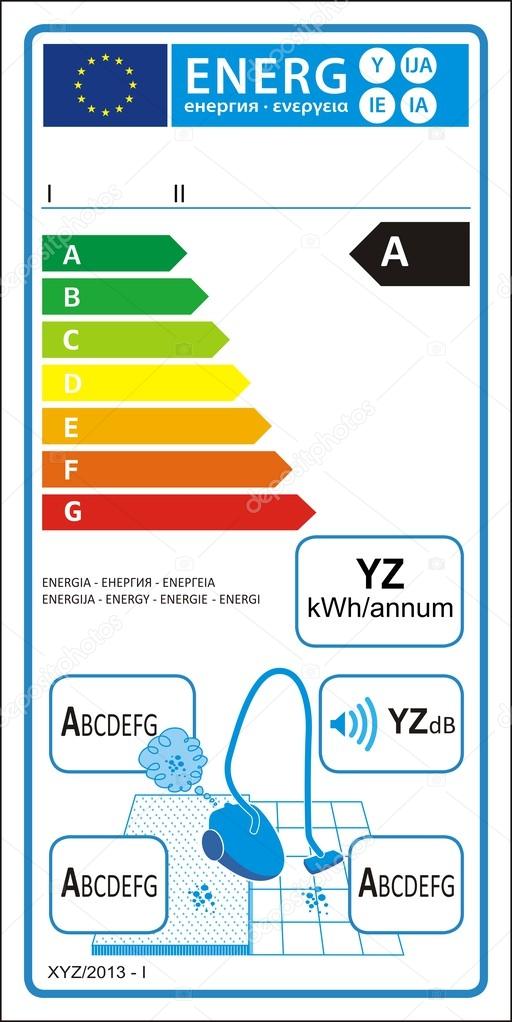


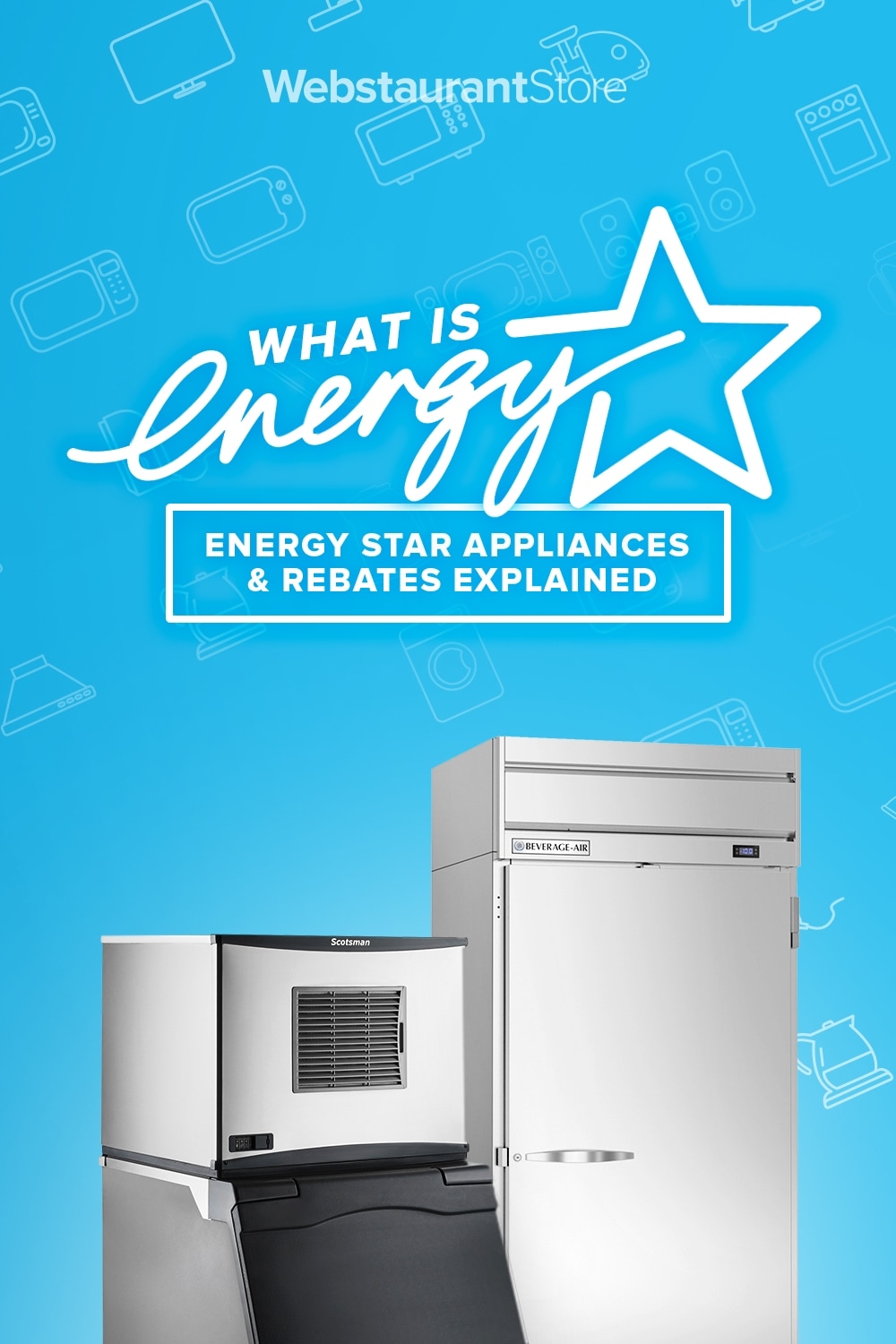


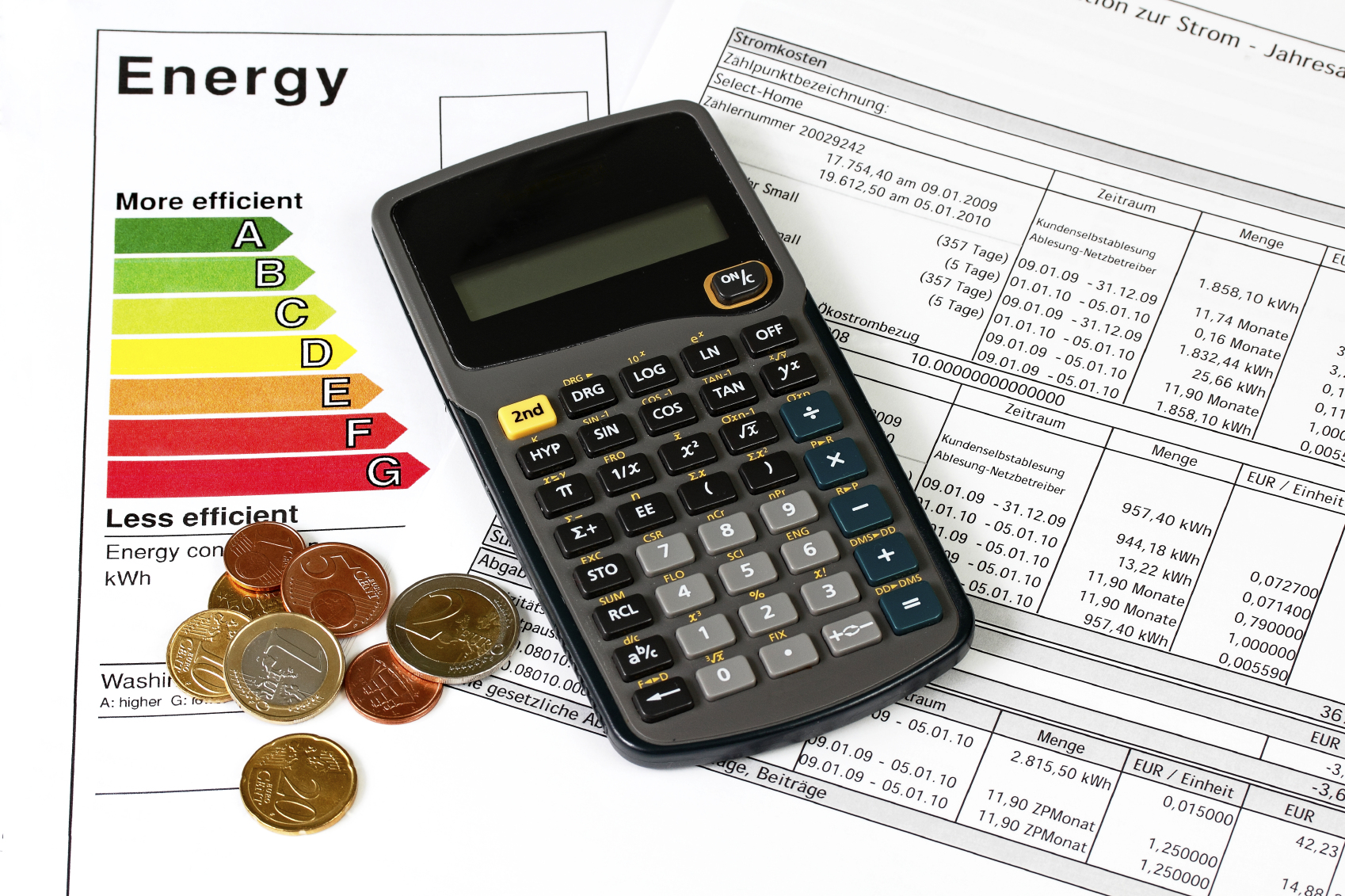

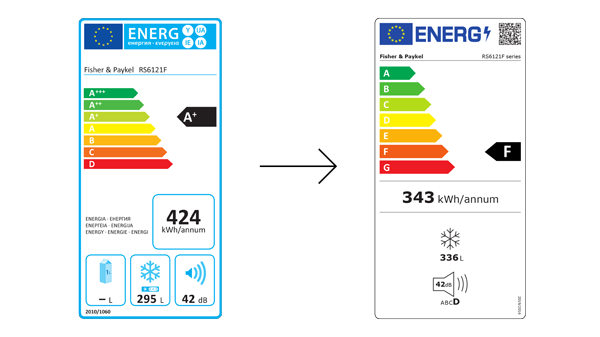
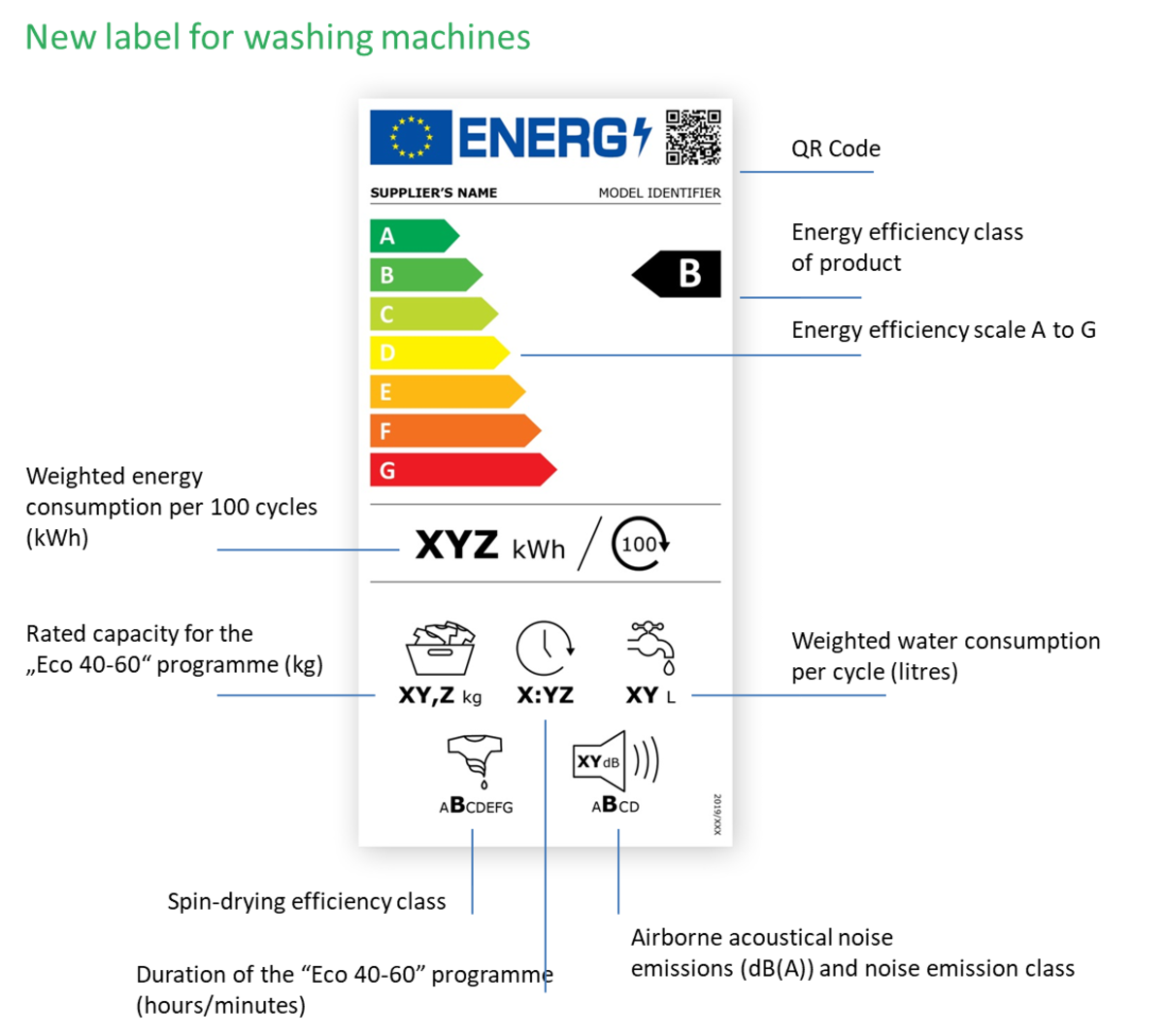

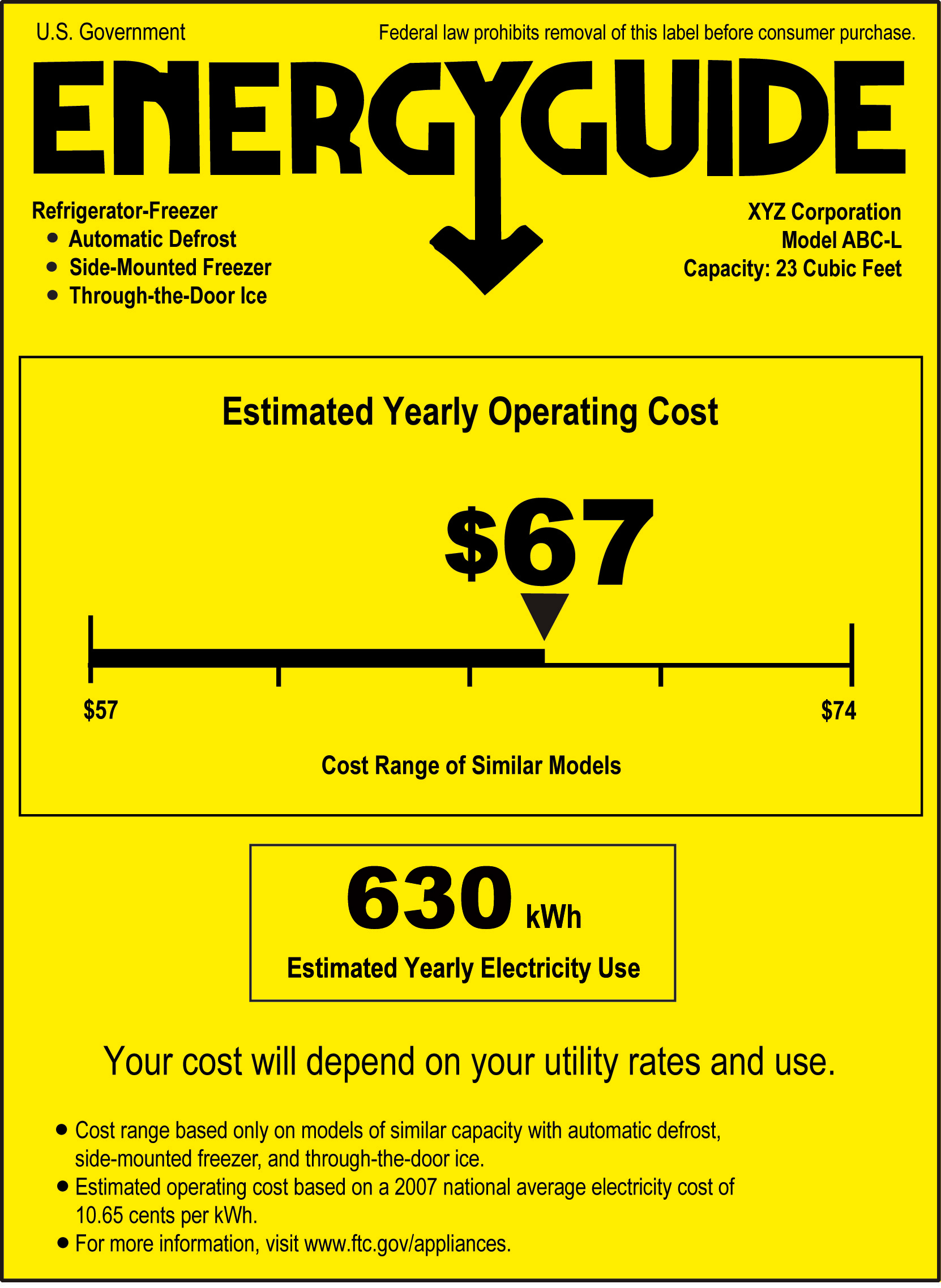


Post a Comment for "43 about energy rating labels"